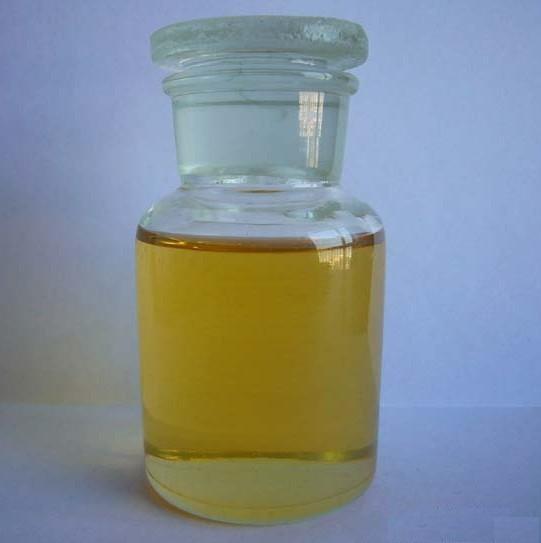Rust inhibitors are essentially very efficient synthetic penetrants that can quickly and evenly penetrate liquids into surfactants inside certain solids. They can penetrate strongly It can quickly remove rust, corrosion, oil stains and dirt on screws and bolts. It has many functions such as rust loosening, anti-corrosion, waterproof and moisture-proof, cleaning, lubrication, and protection. It has strong penetrating ability and is widely used. Convenient, non-corrosive to metal materials, wood products, finishes and other related materials, and has a protective effect. What are the principles for selecting rust inhibitors? Next, Kain Chemical will share with you.

What are the principles for selecting rust inhibitors:
1. What type of anti-rust agent to choose (dry film, oily film, semi-dry film, transparent film). What are the film thickness requirements (thin film, lipid film);
2. Other requirements besides rust prevention;
3. Does it need to be removed?
4. Technical treatment before rust prevention (cleaning, drying, dehydration);
5. The material of metal products (whether there are non-ferrous metals and other metal materials);
6. Size, shape and structural parts of metal material products (large, small, single piece, multiple pieces, assembly, simple surface, complex surface)
7. Oiling method (dipping, spraying, brushing);
8. Rust prevention time, packaging form and environment: short-term, medium- to long-term or long-term rust prevention; indoor storage (packaged or not) outdoor storage (packaged) or not packaged); rust prevention in the factory or export by sea; finished products or semi-finished products, what processing is required (oiling, welding, cleaning), etc.
The above points are a detailed introduction to the principles for selecting rust inhibitors. Metal rust will not only weaken the function of the metal material, but also reduce its service life. , will also cause great economic losses, so it is necessary to prevent corrosion and rust of workpieces and equipment in advance. There are many types of anti-rust agents currently on the market. Those with poor anti-rust capabilities are easy to remove with organic solvents, while those with strong anti-rust properties are difficult to clean. Therefore, anti-rust must be combined with production process requirements, performance and use. Go pick the right rust inhibitor.

 微信扫一扫打赏
微信扫一扫打赏

